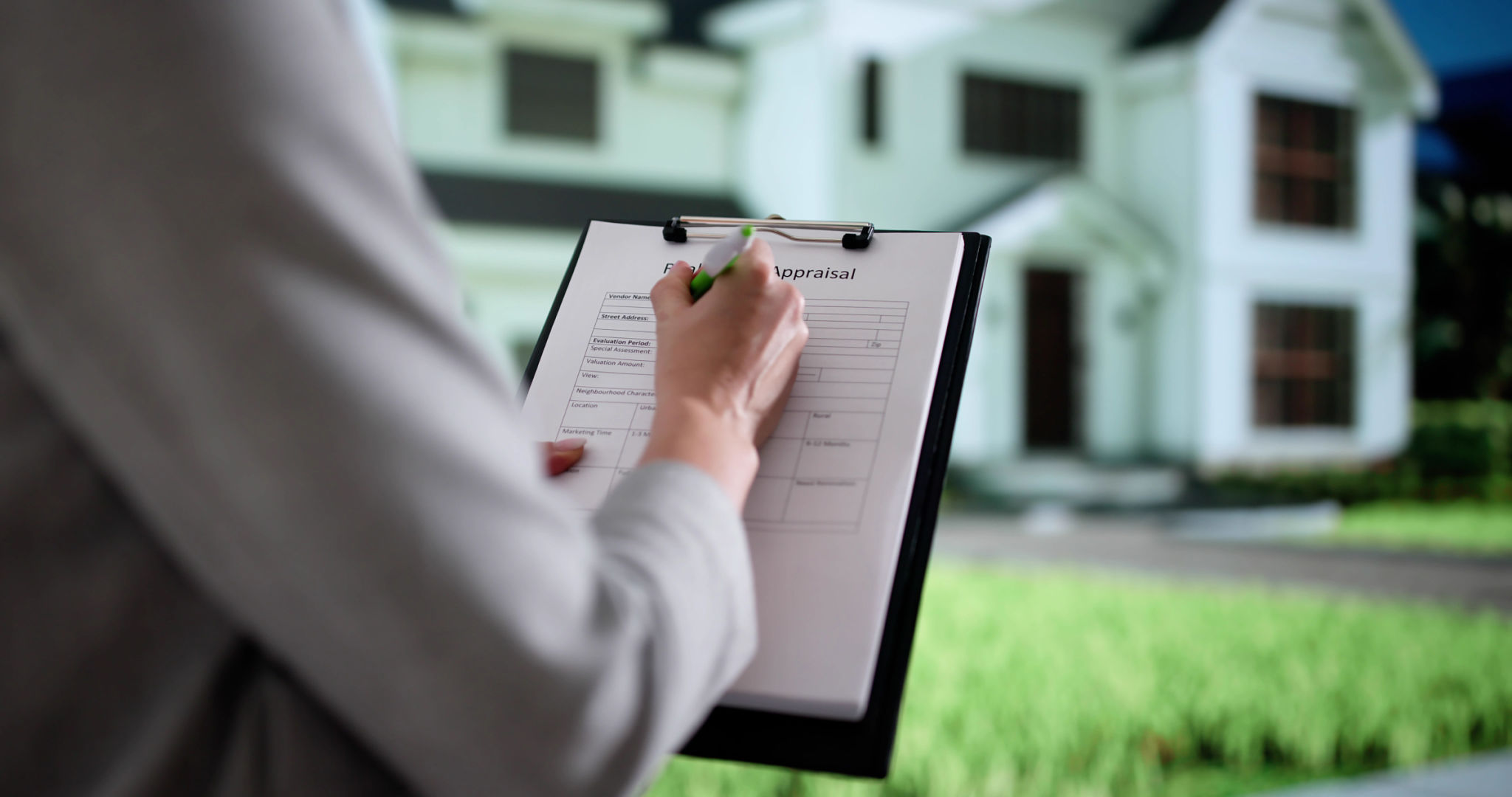The Ultimate Section 8 Pre-Inspection Checklist for St. Louis Landlords
Understanding the Importance of Section 8 Inspections
For landlords in St. Louis, participating in the Section 8 program can be a rewarding venture. However, to ensure your property is eligible for this program, it must pass a rigorous inspection process. Preparing for this inspection is crucial as it not only determines your property's compliance with health and safety standards but also affects your eligibility to receive rental assistance payments.

Pre-Inspection Preparation
Before the inspection date, landlords should take proactive measures to prepare their properties. Start by reviewing the Housing Quality Standards (HQS) set forth by the U.S. Department of Housing and Urban Development (HUD). These standards cover areas like electrical systems, heating, plumbing, and general habitability. Adhering to these standards will significantly increase the likelihood of passing the inspection on the first attempt.
Additionally, conduct a thorough walk-through of the property. Pay close attention to both common areas and individual units. This proactive approach allows you to identify and fix any issues that might cause a failed inspection.
Creating a Detailed Inspection Checklist
To streamline the preparation process, create a comprehensive checklist. Here are some critical aspects to include:
- Smoke Detectors: Ensure each unit has working smoke detectors in every bedroom and on each level of the home.
- Plumbing: Check for leaks, ensure all faucets function properly, and that hot and cold water is available.
- Electrical Systems: Verify that outlets, switches, and lights are operational and safe.
- Heating and Cooling: Confirm that the heating system is functional, especially during colder months.

Exterior and Interior Maintenance
The condition of both the interior and exterior of the property plays a significant role in the inspection process. For the exterior, make sure that the roof is in good condition with no leaks and that gutters are clear of debris. Additionally, check that all exterior doors and windows are secure and in good working order.
Inside, focus on cleanliness and safety. Ensure that all floors are stable and that there are no trip hazards. Walls should be free of peeling paint, especially in homes built before 1978 due to lead paint hazards. Keep the property well-ventilated to prevent mold growth.
Tackling Common Inspection Failures
Understanding common reasons for inspection failures can help you avoid them. Issues like missing or non-functional smoke detectors, plumbing leaks, and faulty electrical systems are frequent culprits. Regular maintenance and addressing tenant-reported issues promptly can mitigate these risks.

Final Walkthrough and Adjustments
Once you've completed your checklist, conduct a final walkthrough. This is an opportunity to double-check everything and make any necessary adjustments before the official inspection. It's also advisable to involve a third party, such as a property manager or maintenance professional, to provide an objective assessment.
Staying diligent with this ultimate pre-inspection checklist will not only help you pass the Section 8 inspection but also maintain a safe and habitable environment for your tenants. By ensuring your property meets the required standards, you can successfully participate in the Section 8 program and enjoy its benefits without unnecessary delays or complications.